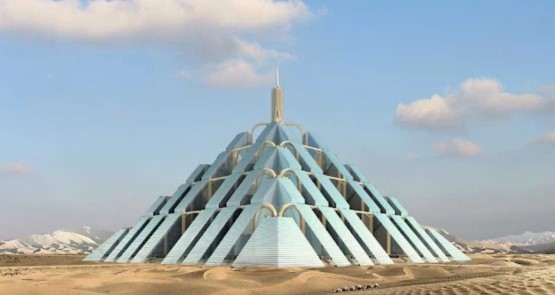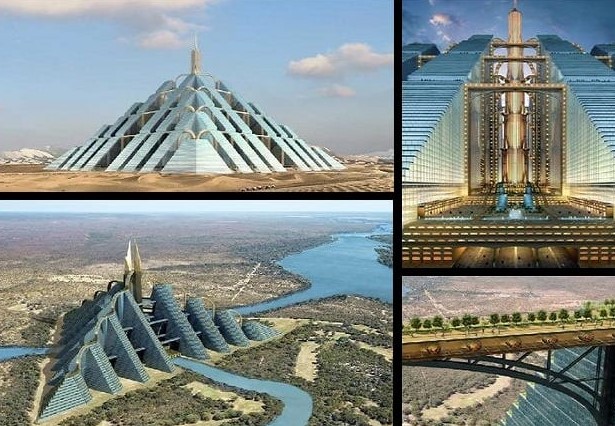Main Content
Blog
Blog Details
Dubai’s Ziggurat Pyramid Will House One Million People
Dubai is set to add another mega-structure to its already-famous skyline—the Ziggurat Pyramid, which, when completed, will stand at 1,200 meters tall, cover an area of approximately 0.88 square miles (circa 2.3 square kilometers), and house one million people. The Ziggurat Pyramid was announced in 2008 and is expected to dwarf the Great Pyramid of Giza in both size and splendor with a design inspired by the timeless aesthetics of ancient Egypt and Mayan pyramids. Allegedly, the mega-structure will adhere to the highest sustainability standards, following in the footsteps of other supposedly carbon-neutral construction projects like Saudi Arabia’s The Line.

Behind the Ziggurat Pyramid’s design is Timelinks, a Dubai-based consortium of urban planners, scientists, and architectural designers, all of whom have worked to design a building of unprecedented scale, which allegedly blends into its surroundings and holds sustainability at its core. It is claimed that the project will be carbon neutral, and everything within the pyramid, from the lighting to the appliances, will be powered by renewable energy sources, such as solar panels and wind turbines. The pyramid will also feature its own internal public transport system, which will travel not only horizontally but vertically around the building, aiming to eliminate the need for cars within the structure, and consequently reduce traffic congestion and pollution. Spanning three hundred floors, the Ziggurat Pyramid will comprise of residential, commercial, and recreational spaces—from lush green parks to bustling marketplaces and comfortable areas to relax.

Managing director of Timelinks, Ridas Matonis, told Flashy Dubai, “Ziggurat Pyramid communities can be almost totally self-sufficient energy-wise, [and] apart from using steam power in the building we will also employ wind turbine technology to harness natural energy resources. “Whole cities can be accommodated in complexes which take up less than 10 percent of the original land surface, and public and private landscaping will be used for leisure pursuits or irrigated as agricultural land,” Matonis said. The building may also include facial recognition technology as a form of security.
Text by Matthew Norman | Photo credits on greekreporter.com | Read More Here



Login With
Or Sign Up With Disqus